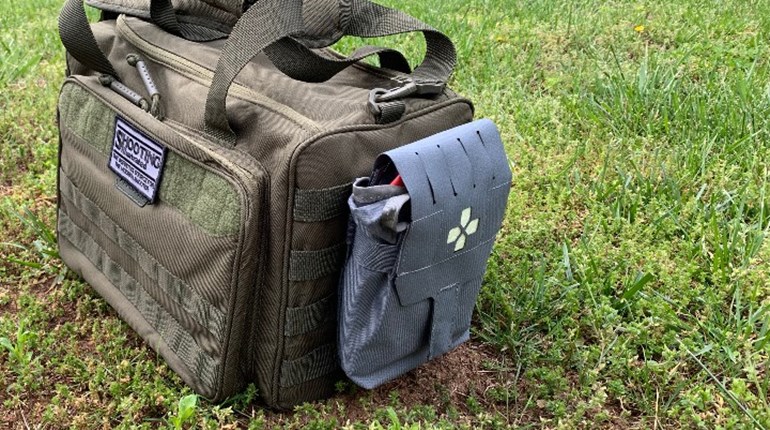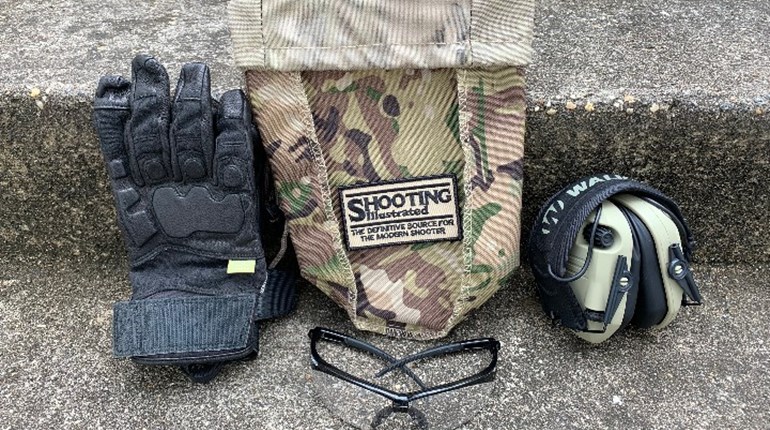
Editor's Note: This sidebar ran alongside Bryce Towsley's feature, "Hunter, Prepper, Survivor," which can be read here.
My wife works at a hospital pharmacy so I asked her boss, Jonathan Reynolds, for some suggestions. His list includes pretty much the same things I take on a backcountry hunt or when I travel to Africa. The following is good, general info but doesn’t address specifics such as individuals’ drug allergies and is not intended as medical advice. Get that from your personal doctor. —BMT
Antibiotics
Cipro (Ciprofloxacin) 750 mg tabs cover various upper respiratory infections, urinary tract infections and most importantly numerous bugs that cause diarrhea (i.e. traveler’s diarrhea). Dehydration from diarrhea would be extremely debilitating in a survival situation. Cipro would also cover anthrax. May also cover Yersinia pestis (pneumonic plague) and tularemia. I’ll note that 750 mg is a high dose and would be overkill for UTI, but you’d need the higher dose for worse infections like anthrax. Bactrim DS (trimethoprim/sulfamethazole) 160/800 mg tabs are another “cover it all agent.” This could cover various pneumonias and UTIs, but also would cover many types of bite wounds as well as MRSA skin infections, in most cases. Flagyl (Metronidazole) 500 mg tabs cover giardiasis (beaver fever) if picked up from any contaminated drinking water.
Pain Meds
Ibuprofen is a good anti-inflammatory agent, in case you develop swelling associated with injury, and it’s also helpful with everyday minor pains like headaches. Also, it is an antipyretic so it would help break a fever if needed. Oxycodone is a narcotic, so getting an ample supply of 5 mg tabs from a doctor might be difficult. But Oxycodone would provide significant pain relief from any major injury; however, as a narcotic it may be slightly sedating and could reduce awareness capabilities. Tylenol is cheap and effective vs. minor pain. It’s easy to acquire, like ibuprofen, as it doesn’t require a prescription. It’s not great vs. severe pain, but it would provide adequate relief and break fevers.
Vomiting/Diarrhea
Note Flagyl and Cipro above for treatment. Symptomatic treatment would be Imodium (loperamide). I would use it over Lomotil (diphenoxylate/atropine) as it has fewer side effects. Manufacturers put atropine in Lomotil so you can’t abuse it. Therefore, if you are having a good bout of diarrhea and take a lot, you will be limited by the side effects of atropine (nausea/vomiting, dry mouth, abdominal pain). Imodium is also sold over the counter, so it is much easier to acquire. With some diarrheas, you don’t want to take anti-diarrheal meds because the process itself is removing toxins from the GI tract, so this is a tricky situation. Loperamide would be the best option, I think. An adequate dose would be 4 mgs after the first loose stool, then 2 mgs after each consecutive stool, to a maximum of 16 mgs/day. Zofran (ondansetron) 4 mg tabs for vomiting; the generic form is inexpensive at the pharmacy. It produces very few side effects. You can let these tabs dissolve under your tongue if you’re too nauseous to swallow. Best bet here.
Topicals (Creams, Ointments)
Triple Antibiotic Ointment is a cure-all for numerous topical infections. Silver sulfadiazine (SSD) topical cream is used for the prevention and treatment of skin/wound infections that result from second- and third-degree burns, and it hits multiple types of bacteria and yeasts. It’s almost a “protective” agent. Lamisil or Tinactin cream is antifungal for athlete’s foot. Another option is Lotrisone (betamethasone/clotrimazole), which would cover other fungal infections all over the skin; it requires a prescription. Hydrocortisone cream 1 percent can be obtained over the counter. It would help with any rashes or itching skin (pruritis). It’s also good for insect bites/stings.
I can’t speak to the shelf life of meds, especially as to whether they are able to withstand heat, cold or moisture, as they are all packaged somewhat differently and carry different expiration dates depending on the manufacturer. Ask for unit dose, individually packaged meds, which would be protected longer. Store everything in a plastic bag sealed from the elements.
If you needed to pare down the list above for a short trip, my “essentials” would be: Cipro, Bactrim, Flagyl, ibuprofen and Triple Antibiotic, with SSD cream added if there is still room.
—Jonathan Reynolds, PharmD






































